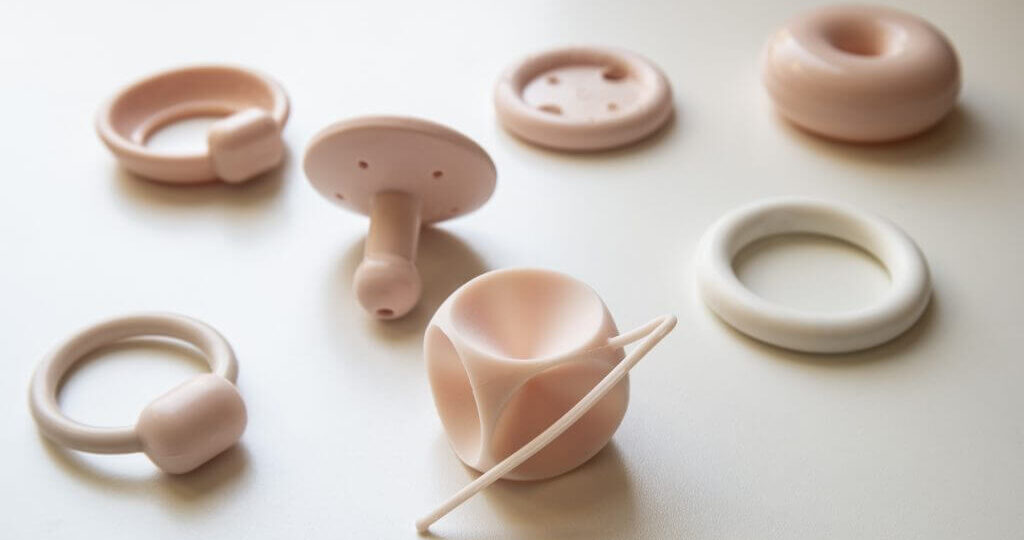- Mon to Thu 08:00 AM - 05:00 PM | Fri 08:00 AM - 04:00 PM
- [email protected]
- 262.444.5148
Pelvic organ prolapse (POP) occurs when the pelvic floor muscles and connective tissue a hernia. weaken or tear. This causes the pelvic organs to fall downward into the vagina, similar to Women may feel or see tissue coming out of the opening of their vagina as this progresses.
POP is a very common problem. Many women with POP experience no symptoms. For other women, common complaints include:
Reasons for pelvic floor damage may include:

To evaluate you for prolapse, a specialist urogyn provider reviews your medical history and performs a pelvic exam. They will also measure your vaginal prolapse using a standard grading system.
You can try to prevent the prolapse worsening by making lifestyle and behavior changes. For example, to prevent the prolapse from worsening, eliminate constipation and do not strain with bowel movements. Plus, stop extreme weight lifting activities and avoid repeated heavy lifting. Keep your weight ina normal range and lose weight, if you are overweight. Lastly, quit smoking—tobacco use doubles your risk for pelvic floor disorders, such as POP.
strengthen the pelvic floor muscles and can improve mild POP symptoms. Ask for a referral to a specialized physical therapist (PT).


A specialized physical therapist will use a variety of new techniques to improve bladder and bowel control problems.
Non-Invasive Pelvic Floor Treatment
Emsella is an FDA-cleared treatment that uses high-intensity focused electromagnetic energy to stimulate deep pelvic floor muscle contractions. Each session is equivalent to doing thousands of Kegel exercises in just 30 minutes. It’s an effective, non-invasive solution for stress urinary incontinence (SUI), helping to restore muscle strength and improve bladder control. Many women experience improvement after a series of treatments, with no downtime and comfortable, fully clothed sessions.


Non-Surgical Radiofrequency Treatment
EMFEMME 360 is an FDA-cleared, non-invasive treatment that uses radiofrequency to deliver gentle heat to the vaginal and pelvic tissues. This process promotes collagen remodelling, enhances circulation, and supports tissue tone, improving both pelvic floor strength and overall vaginal health. EMFEMME 360 is ideal for women looking to address pelvic discomfort and urinary control without surgery or downtime.
A pessary is a silicone device inserted into the vagina, similar to a diaphragm. Pessaries lift the bladder or vaginal walls and prevent the bulge from coming down, offering support for pelvic organs. They are commonly used to manage pelvic organ prolapse and help with symptoms like urinary incontinence. The device helps restore normal positioning of the pelvic organs, improving comfort and quality of life. Pessaries come in different shapes and sizes, tailored to individual needs, and are fitted by a healthcare professional. They are removable, non-surgical, and provide a non-invasive solution for managing prolapse symptoms.


The good news is that POP is not dangerous to your health! If you do not have discomfort, monitoring the POP over time is an option. It may stay the same size, or it may worsen over the years.
Several different types of POP surgeries can improve pelvic floor anatomy:

Looking for Exceptional Women's Health Care in Brookfield, WI?